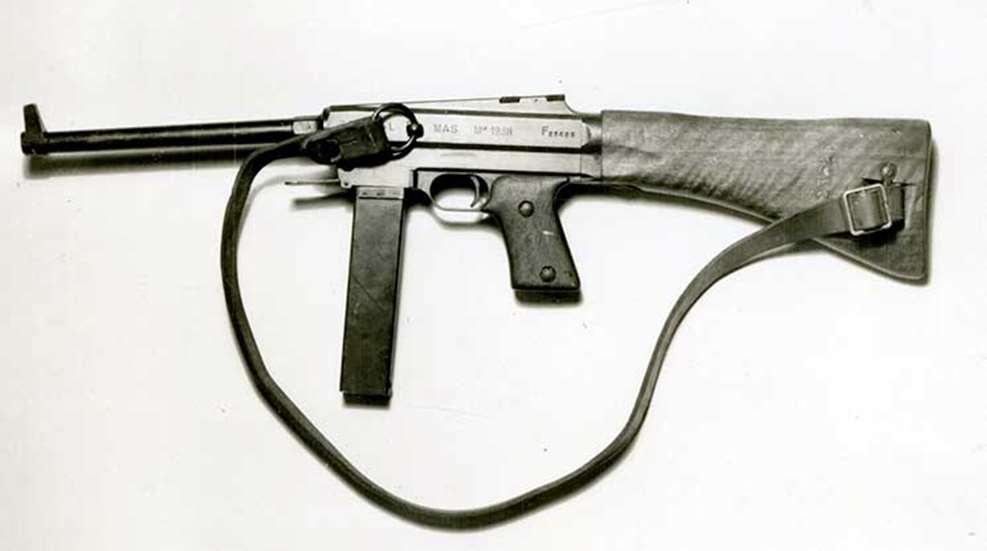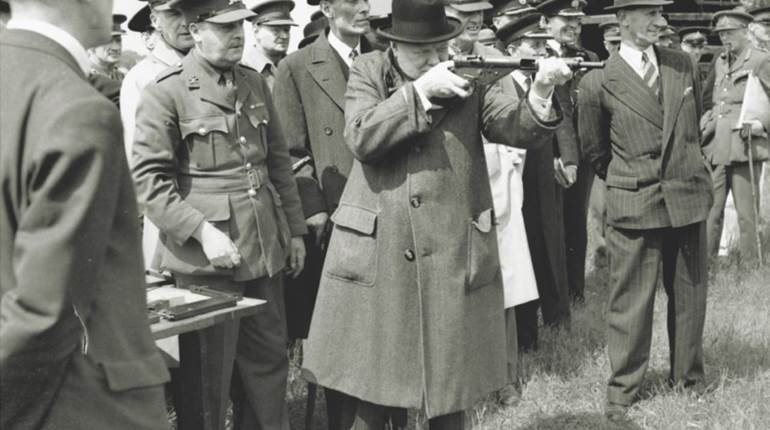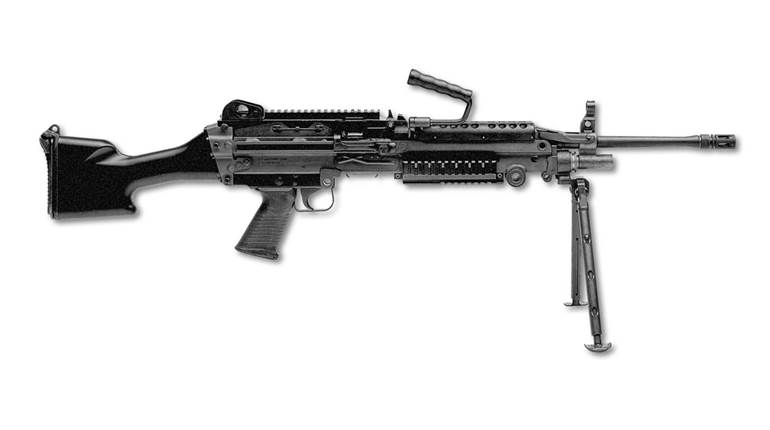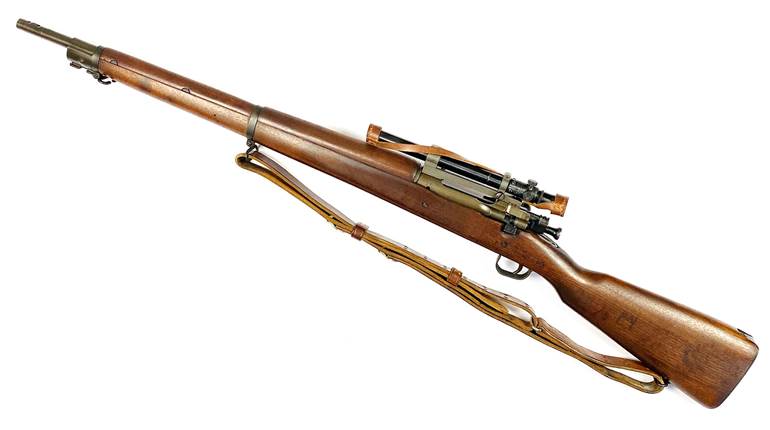
Seventy-five years ago, beginning on May 10, 1940, German forces struck against Western Europe, invading Holland, Belgium and France. By June 5, Holland and Belgium had fallen, and what remained of the British Expeditionary Force had been evacuated to England. Paris fell on June 14. By June 22, the Battle of France was over. With a stroke of a pen, France signed an armistice with Germany and hostilities were over on the continent. Western Europe was under Nazi control and Hitler danced his little jig at Versailles.
The photos presented here show many of the small arms of the Battle of France. Certainly to be of interest to firearms enthusiasts and history buffs, the images represent the infantry weapons of the earth-shaking Blitzkrieg that thrust World War II into full gear in the West. But these are also illustrations of a cautionary tale: No one believed or expected that the numerically and technologically inferior German forces could overwhelm the Allies and control the continent in little more than five weeks.
Over time, the legends of the Blitzkrieg would have us believe that German forces represented an overwhelming strength of numbers and technological might. The reality is shockingly different. France alone could deploy more than three times the number of armored vehicles than Germany’s panzer force. Just 10 percent of the Wehrmacht was even motorized at all, with many German units relying on horses (and this remained true even until the end of the war). Only half of Germany’s divisions were truly combat ready, and almost all German units were not as well equipped as their French or British opponents. During the 1940 battles, almost half of all German Army troops were at least 40 years old, comprised of men mature enough to have served in the Great War.
While French officials maintained tepid confidence behind their Maginot Line, German planners found innovative ways to go over, around and through the obsolescent forts and the outdated “Maginot Mentality.” With Germany’s new quick-strike, combined arms principles of the Lightning War, there would be no repeat of the plodding trench warfare of World War I. Casualties were minimized by comparison, but then again so was French independence.
German infantry arms were superior to those of the French and Belgian forces, and were slightly better than those of the British. In 1940, the Battle of France saw the first significant use of some of the finest light machine guns of the war: Germany’s MG34 (as well as many captured Czech ZB vz. 26), the British Bren gun, and the lesser-known French Modèle 24/29 (Chatellerault). The Germans had also introduced a growing number of submachine guns into their armed forces, and the then ultra-modern MP40 made a huge impression on the SMG-starved British. While the Panzers and Stuka dive bombers captured the headlines, astute observers saw the dawn of a new era of infantry firepower during the Battle of France. By the summer of 1940, England stood alone, and the British armaments industry struggled to resupply its army with up-to-date infantry weapons. English eyes turned to America, soon to become the Arsenal of Democracy.






































